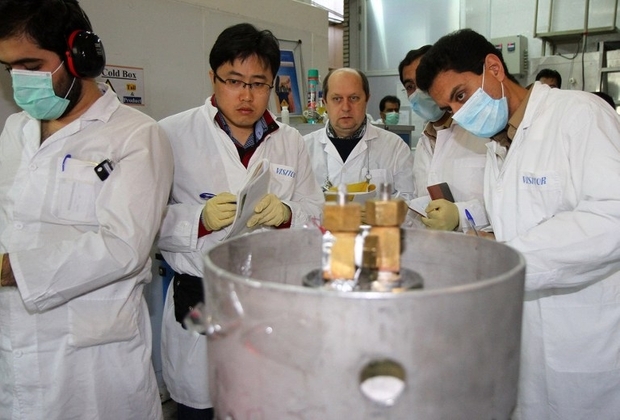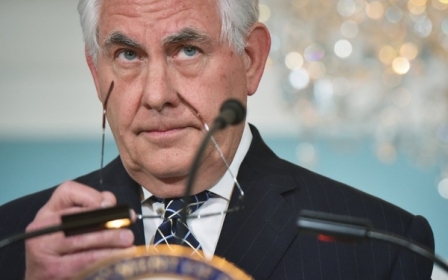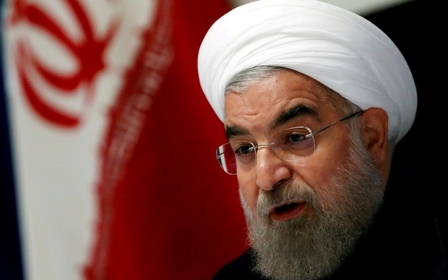Iran continues to adhere to nuclear deal, says IAEA report

Iran is sticking to the 2015 nuclear accord, a UN atomic watchdog report said on Thursday, four months ahead of US President Donald Trump's self-imposed deadline to fix its "disastrous flaws".
The International Atomic Energy Agency (IAEA) document, the ninth since the deal came into force in January 2016, showed Iran complying with the accord's key parameters.
The number of centrifuges to enrich uranium was below the agreed level of 5,060, while Iran's total stockpile of low-enriched uranium "has not exceeded 300 kg," said the report, which was seen by AFP.
When enriched to high purities, uranium can be used in nuclear weapons. At low purities, it can be used for peaceful applications such as power generation - Iran's stated aim.
The volume of heavy water, a reactor coolant, remained below the agreed maximum of 130 tonnes throughout the past three months.
Iran has inched above that ceiling twice since the accord took effect.
It removed and rendered inoperable the core of the Arak reactor, which could in theory have produced weapons-grade plutonium, before the accord entered into force.
Aside from the relatively minor breach on heavy water, the IAEA reports have consistently shown Iran adhering to the deal in the two years since it took effect.
Still, the future of the hard-won agreement between Iran and the five permanent members of the UN Security Council plus Germany is uncertain, mainly because of the Trump administration.
Trump in January set a 120-day deadline for US lawmakers and European allies to "fix" his predecessor Barack Obama's main foreign policy achievement or face a US exit.
Aside from the relatively minor breach on heavy water, the IAEA reports have consistently shown Iran adhering to the deal in the two years since it took effect.
He said he is concerned that parts of the deal start to expire from 2026 and that it fails to address Iran's missile programme, its regional activities or its human rights abuses.
A US exit could kill the nuclear deal, which the Islamic republic has refused to re-negotiate.
While Iran has reaped some economic benefits from the accord, notably by being able to resume oil exports, it is still constrained by US sanctions in other areas.
Russian Foreign Minister Sergei Lavrov has warned Europe signatories against compromising on the deal, saying it would be a "slippery slope in a very dangerous direction".
Iran has raised the prospect of building nuclear reactors for ships while staying within the limits set by its atomic deal with major powers, the IAEA report said.
A senior diplomat at the IAEA headquarters said that low-enriched uranium could be used and that Iran's plans appeared vague for now.
Iran has yet to respond to the IAEA's request for "further clarifications and amplifications," the report said, adding that if Tehran had reached a concrete decision to build new facilities for marine propulsion it must provide design information. The IAEA has asked Iran for further details.
"Everything in the letter only refers to the future. The indirect indication is that (actual designs) don't exist," the diplomat said.
He suggested that the announcement could also be "rhetoric" aimed at the Trump administration.
New MEE newsletter: Jerusalem Dispatch
Sign up to get the latest insights and analysis on Israel-Palestine, alongside Turkey Unpacked and other MEE newsletters
Middle East Eye delivers independent and unrivalled coverage and analysis of the Middle East, North Africa and beyond. To learn more about republishing this content and the associated fees, please fill out this form. More about MEE can be found here.




